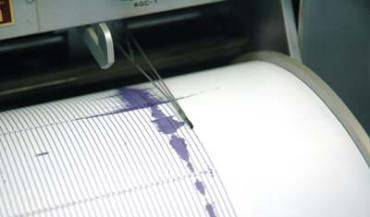
The advice came from geophysics professor Eric Calais of Purdue University, who urged the country's government and various stakeholders to understand that the threat is very real based on the area's history and active seismic activity.
Professor Calais, who visited the island as part of a mission with the United Nations Development Programme (UNDP), said most scientists agree that Jamaica will most likely be exposed to an earthquake with a magnitude of 7 or 7.5 on the Richter scale.
An earthquake of magnitude 7 on the Richter scale is considered "major" and is capable of widespread destruction.
Kingston was destroyed, with some 1,000 resultant deaths, in a 6.5-magnitude quake in 1907. If Jamaica were to be hit by a similar quake now, the island could suffer a $6.5 billion loss, nearly half of the island's gross domestic product, researchers with the University of the West Indies (UWI) have said.
"A 6.5 in the harbour by the capital could be a tremendous threat," Calais said during a visit to Port Royal, just outside of Kingston, which was the island's main city until 1692 when an earthquake and tsunami submerged two-thirds of the town.
While it is impossible to predict whether the next big quake will strike in days or decades, Calais' advice is particularly noteworthy given that in March 2008 he was among a group of scientists who warned officials in Haiti that their country was ripe for a major earthquake after detecting signs of growing stresses in a fault.
Just two years later, that fault unleashed the deadly 7.0 quake that devastated the French-speaking Caribbean nation, killing some 316,000 people and leaving many more homeless.
Calais pointed out that Jamaica is located along the same seismically-active plate boundary as Haiti and experiences about 200 mostly minor earthquakes per year.
While indicating that Jamaica has a "good foundation" to tackle risks, especially when compared to Haiti, the American seismologist added a cautionary note.
"But at the same time, I think it's important to realize the foundation is not at the level that's sufficient to face a challenge of a possible magnitude seven or seven-and-a-half," he said.
Calais further noted that he does not believe that the level of hazard has changed in Jamaica since the 2010 quake that levelled Haiti's capital Port-au-Prince.



Reader Comments
to our Newsletter